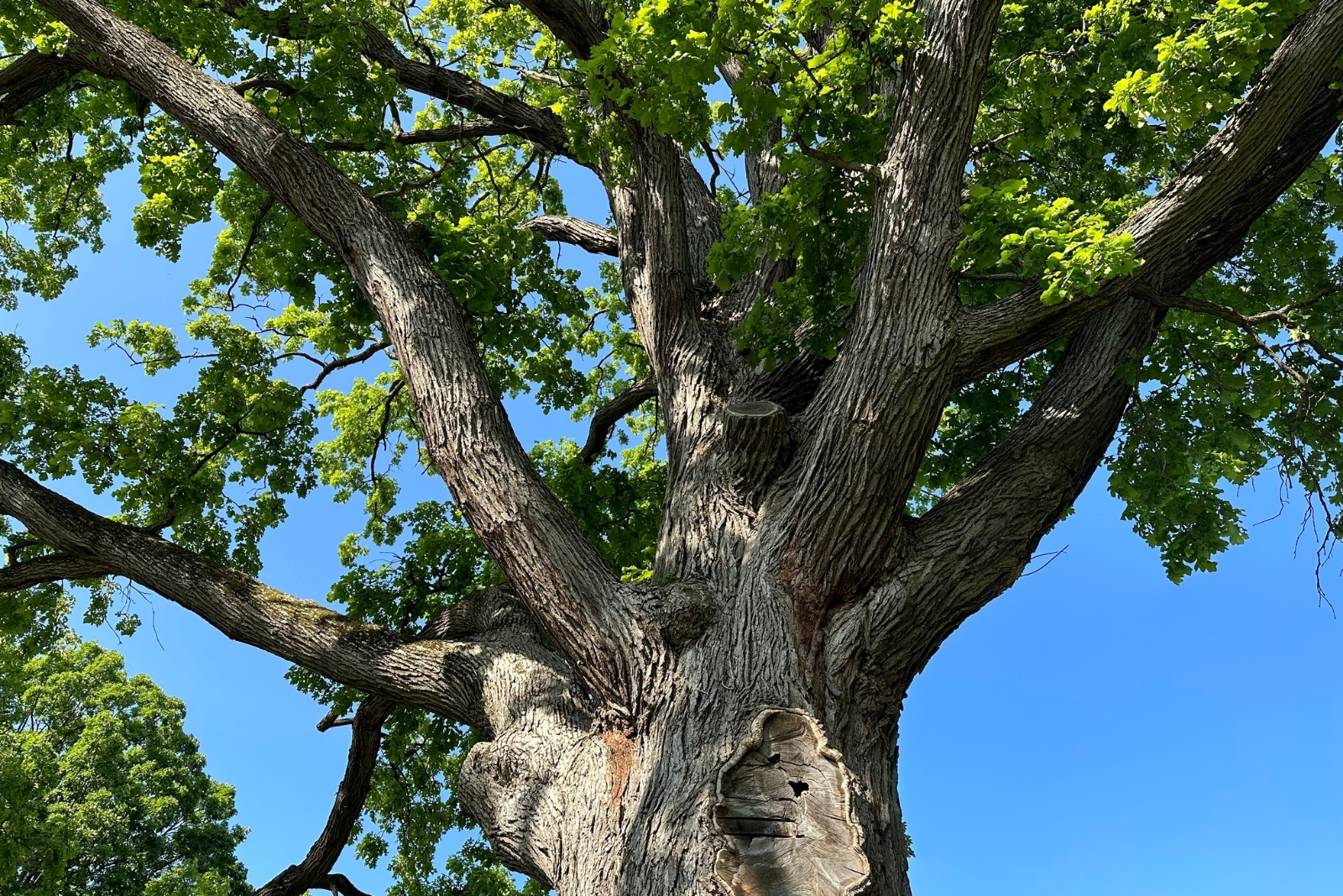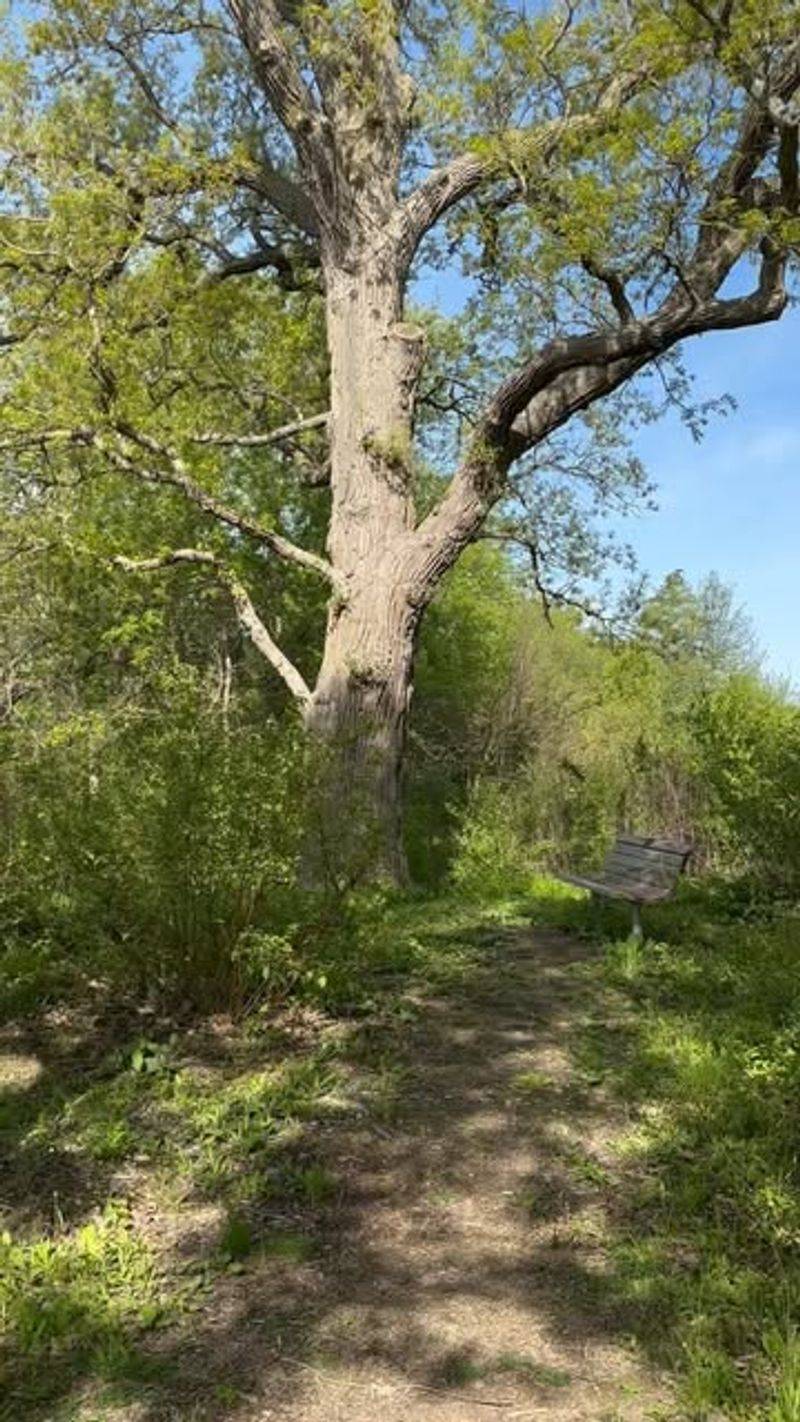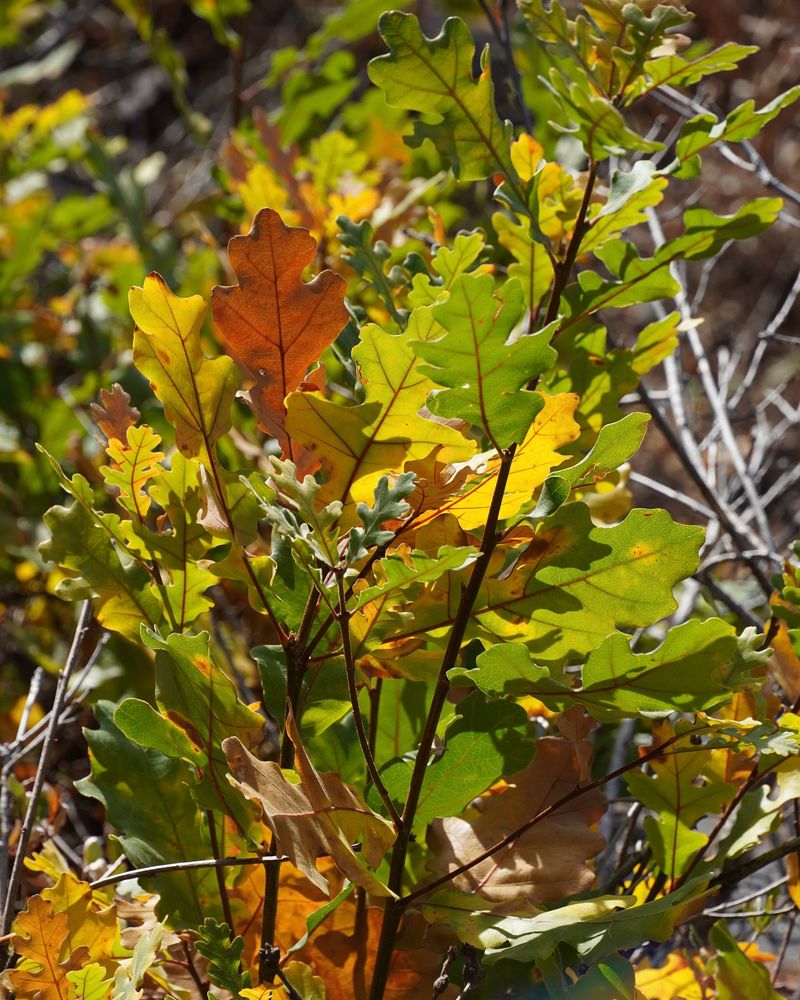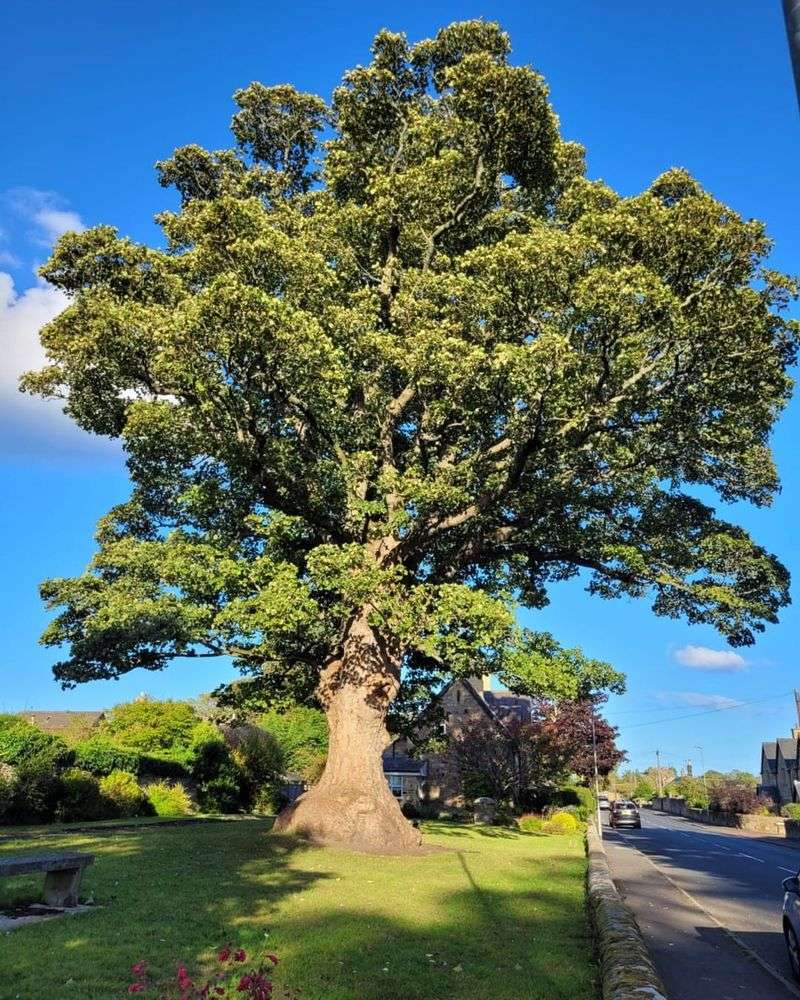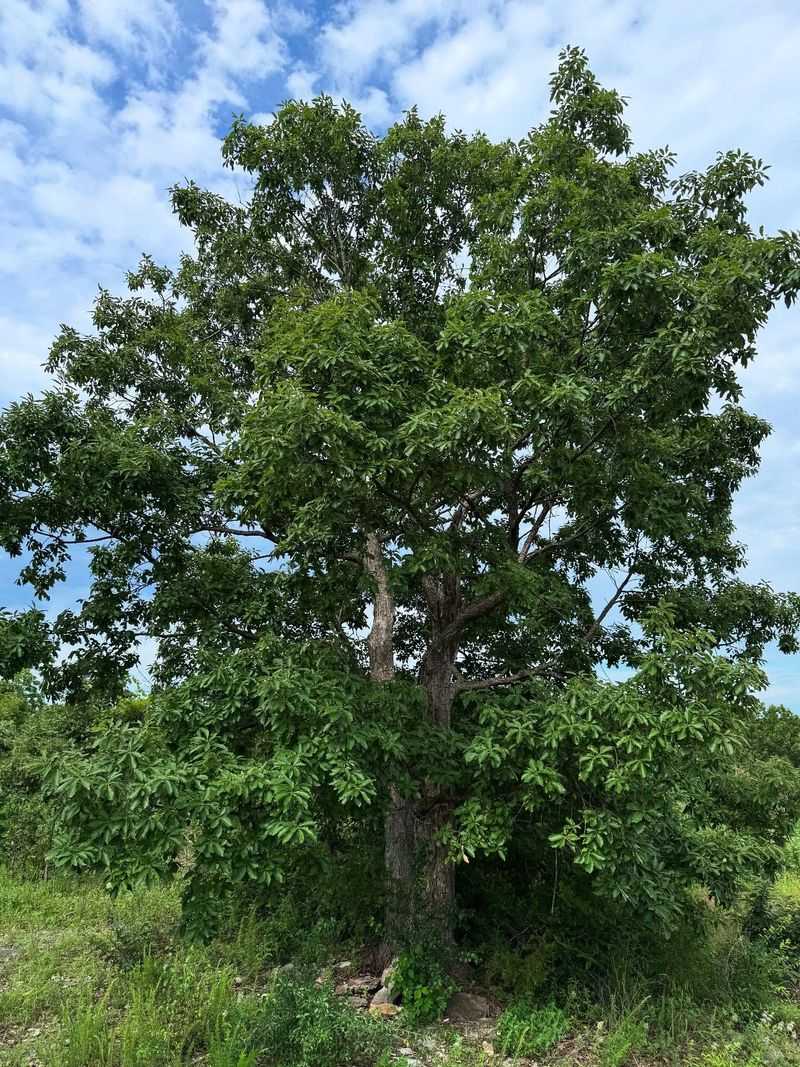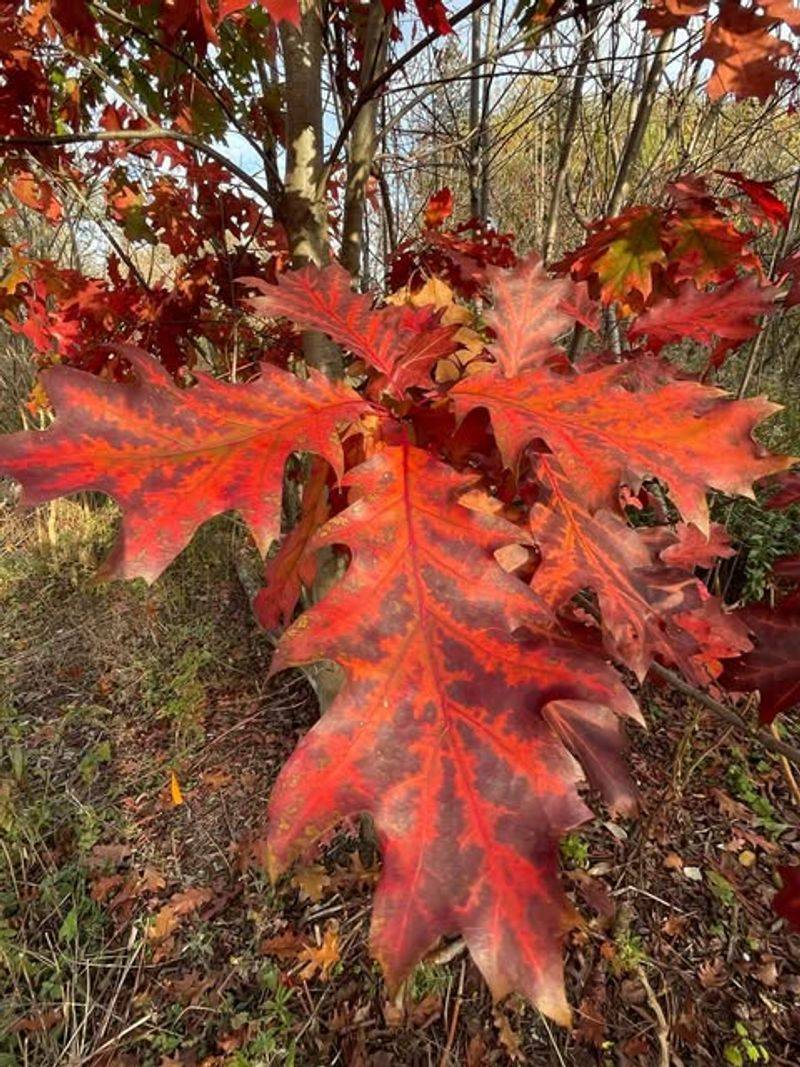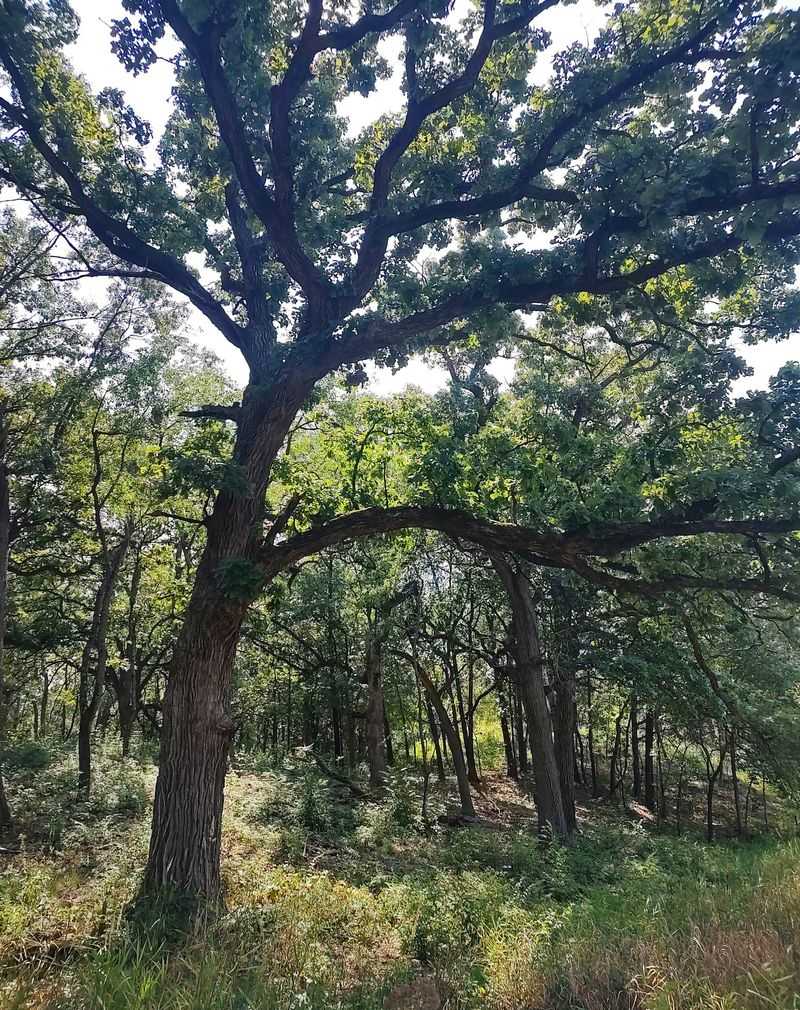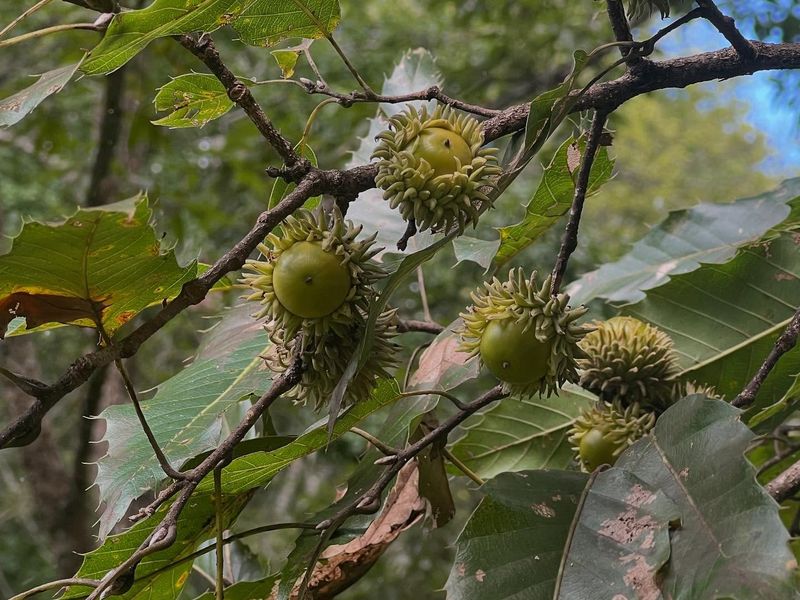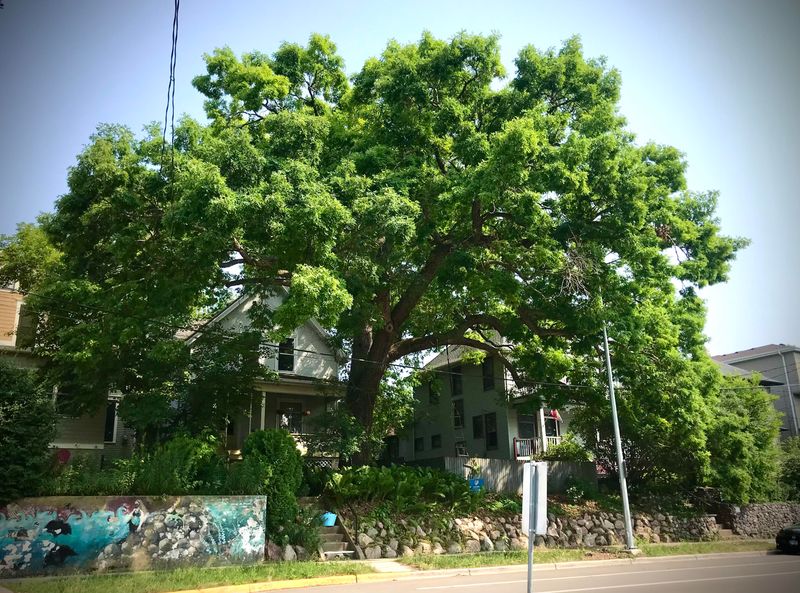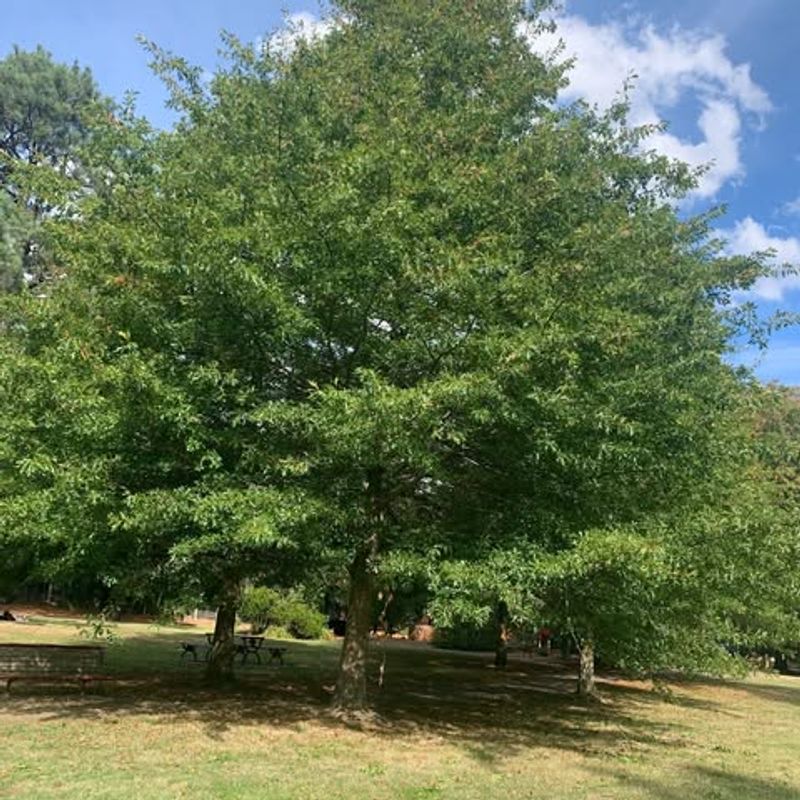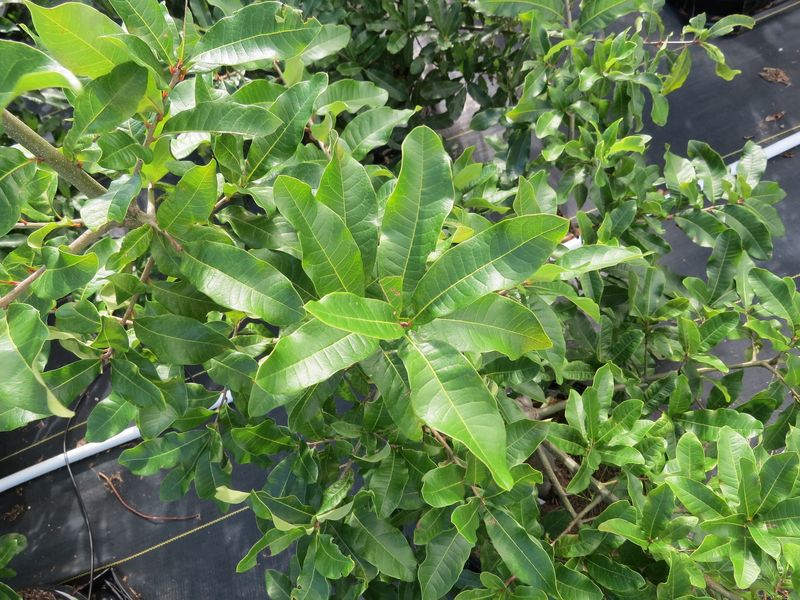Colorado gardens are full of character, but nothing steals the spotlight like a strong, beautiful oak. Each variety brings its own charm—some stretch tall and proud, others show off leaves that dance in the wind.
They welcome birds, shade your sunny spots, and make every yard feel alive. Let’s explore 10 oaks that will turn any Colorado landscape into a showstopper!
1. Bur Oak
Hardy and majestic, this native thrives in Colorado’s challenging climate with minimal care. The deeply lobed leaves turn golden-brown in fall, creating a stunning display against our blue mountain skies.
Bur oaks produce large acorns with distinctive fringed caps that wildlife love. Their impressive drought tolerance makes maintenance easy even during Colorado’s dry spells.
2. Gambel Oak
Already growing wild throughout Colorado’s foothills, this native beauty brings natural charm to any landscape. Small but mighty, Gambel oaks typically grow as multi-stemmed shrubs or small trees reaching 20-30 feet.
Their glossy green leaves transform into brilliant red-orange hues come autumn. Colorado gardeners appreciate their natural resistance to local pests and diseases.
3. English Oak
Surprisingly adaptable to Colorado’s climate despite its European origins. The classic rounded crown creates dense shade perfect for hot summer days when temperatures climb across the Front Range.
Growing steadily to 50-60 feet tall, English oaks develop deep root systems that help them withstand Colorado’s unpredictable weather patterns while maintaining their elegant form.
4. Chinkapin Oak
Less common but wonderfully suited for Colorado gardens, this oak features uniquely toothed leaves resembling chestnut foliage. Adaptable to our alkaline soils, it grows steadily into a medium-sized shade tree.
Fall brings yellow-bronze colors that complement Colorado’s golden aspen displays. The straight trunk and symmetrical canopy make it an excellent specimen tree for front yards.
5. Red Oak
Famous for spectacular crimson fall displays that rival any tree in Colorado’s autumn palette. The pointed, bristle-tipped leaves start glossy green before transforming into deep reds that hold well into the season.
Faster growing than many oak varieties, Red Oaks can add impressive size within a decade in Colorado’s Front Range communities. Their broad canopies create welcome summer shade.
6. Swamp White Oak
Don’t let the name fool you – this adaptable tree handles Colorado’s dry conditions surprisingly well once established. The attractive peeling bark adds winter interest when many landscape features disappear under snow.
Dark green leaves with silvery undersides create a beautiful effect when mountain breezes blow through Colorado yards. Their resistance to urban pollution makes them excellent choices for Front Range cities.
7. Sawtooth Oak
A fast-growing option producing acorns earlier than most oaks – sometimes within 5-7 years of planting in Colorado gardens. The distinctive sawtooth-edged leaves create an interesting texture different from other landscape trees.
Golden-yellow fall color brightens Colorado yards before winter arrives. Their dense, pyramidal shape when young gradually rounds with age, making them attractive throughout their lifespan.
8. White Oak
Legendary for longevity, White Oaks can become living landmarks in Colorado communities for generations. The rounded lobes of their leaves lack bristle tips, distinguishing them from red oak varieties.
Fall brings subtle purple-burgundy colors that complement Colorado’s autumn landscape. Though slow-growing, their eventual majestic size and strong limb structure make them worth the patience.
9. Pin Oak
Architectural beauty comes from the distinctive tiered branching pattern – upper branches reach upward, middle ones extend horizontally, and lower limbs gracefully sweep downward. This natural layering creates visual interest in Colorado landscapes year-round.
Deeply lobed, glossy leaves turn russet-red in fall. Pin Oaks adapt well to Colorado’s clay soils when planted in areas receiving regular moisture.
10. Shingle Oak
Unique among oaks with its unlobed, elliptical leaves resembling large laurel leaves rather than typical oak foliage. This unusual characteristic makes it a conversation starter in Colorado gardens seeking something different.
Bronze-red fall color persists through winter, as many leaves remain attached until spring. Shingle Oaks handle Colorado’s urban conditions well, including pollution and restricted root zones.

